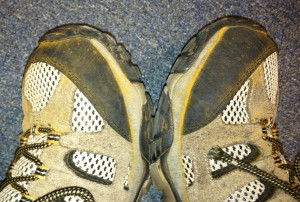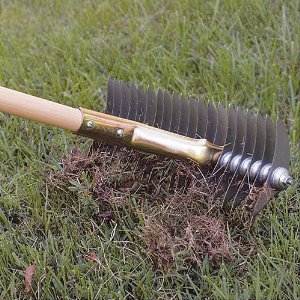|
|
Carrots
Leaf blights – Powdery mildew, Alternaria and Cercospora. Alternaria and Cercospora are two soil-borne fungal pathogens that may cause early defoliation in carrots reducing yields and making harvest difficult. Both pathogens produce distinct symptoms on carrots. Powdery mildew causes characteristic white, powdery lesions on foliage. Symptoms of Alternaria include irregular, dark brown to black spots which typically show up on older leaves first. Cercospora leaf spots are round, grayish-brown and are more prevalent on younger foliage. Both leaf blights typically start at the margins of leaflets and as more spots develop leaflets begin to wither and die. Symptoms similar to leaf infections can develop on stems and petioles.
Control of both diseases begins with regular scouting and preventative fungicide applications on susceptible varieties. Apply Quadris (azoxystrobin, 11) at 9.0 to 15.5 fl. oz 2.08F/A, or Cabrio 20EG (pyraclostrobin, 11) at 8.0 to 12.0 oz/A, or Pristine (pyraclostrobin + boscalid, 11 +7) at 8.0 to 10.5 oz 38WG/A tank-mixed or alternated with chlorothalonil (M5) at 1.5 to 2 pt/A. For Alternaria only: Apply a tank mix of 1.5 to 2.0 pt/A chlorothalonil plus Endura (boscalid, 70 at 4.5 oz 70W/A, or Switch (cyprodinil + fludioxonil, 9 +12) at 11.0 to 14.0 oz 62.5WG/A, or iprodione at 1.0 to 2.0 pt 50WP/A. For more information on tolerant varieties and control please the 2013 New Jersey Commercial Vegetable Production Recommendations. [Read more…]


